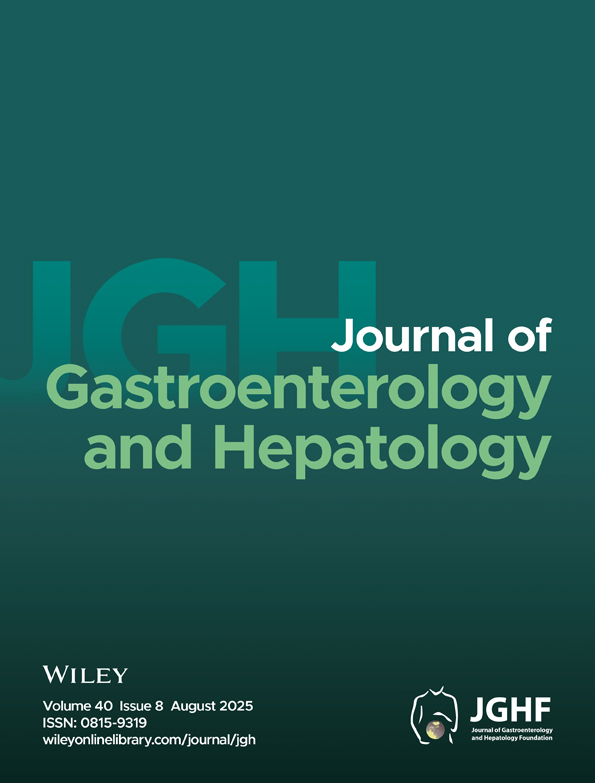Combination therapy for children with chronic hepatitis B virus infection
Abstract
Background and Aim: To compare the therapeutic efficacy of two different interferon (INF)-α and lamivudine (LAM) combination therapy regimens in childhood chronic hepatitis B (CHB) infections.
Methods: Thirty-two children with CHB infection were prospectively evaluated in two random groups. In the first group, patients received INF-α 10 MU/m2 and LAM 4 mg/kg (max 100 mg) simultaneously for 6 months, and then LAM alone was continued for 6 months. In the second group, LAM was started alone for the first 2 months, then INF-α added to LAM for 6 months, after which INF-α was stopped, and LAM alone was continued for 4 months. The same doses of LAM and INF-α were used in both groups.
Results: In the first group, the mean values of alanine aminotransferase (ALT) were 125 ± 100 IU/L and 28 ± 8 IU/L at the beginning of the treatment and at the end of the 12 months, respectively (P < 0.05). At the end of 6 months of the follow-up period, the mean ALT value was 36 ± 37 IU/L. In group 2, mean ALT values were 111 ± 63 IU/L, 35 ± 2 IU/L and 34 ± 2 IU/L initially, at the end of 12 months and at the end of 6 months of follow up, respectively (P < 0.05). At the end of therapy, the ratios of hepatitis B early antigen (HBeAg) clearance and antibody to HBeAg (anti-HBe) seroconversion were 65% and 47% in group 1 and 60% and 40% in group 2, respectively (P > 0.05). After 6 months from completion of therapy, rates of seroconversion to anti-HBe were found to be 64% and 47% in group 1, and 53% and 46% in group 2, respectively (P > 0.05). Hepatitis B virus (HBV) DNA was detectable by polymerase chain reaction in only one patient in group 1 at the end of therapy and 6 months after termination of therapy. Clearance of HBV DNA in group 2 was observed in all but one patient at the end of the therapy. However, two patients relapsed within 6 months of cessation of therapy. Complete response occurred in 47% and 40% of patients at the end of the therapy in group 1 and 2, respectively (P > 0.05). These ratios were changed to 47% and 46%, respectively, 6 months after discontinuation of drugs (P > 0.05).
Conclusions: Comparison of our two different combination regimens disclosed similar results in the normalization of ALT, clearance of HBeAg and HBV DNA and seroconversion to anti-HBe. However, the most beneficial combination of LAM and INF-α treatment modalities needs to be further investigated.




